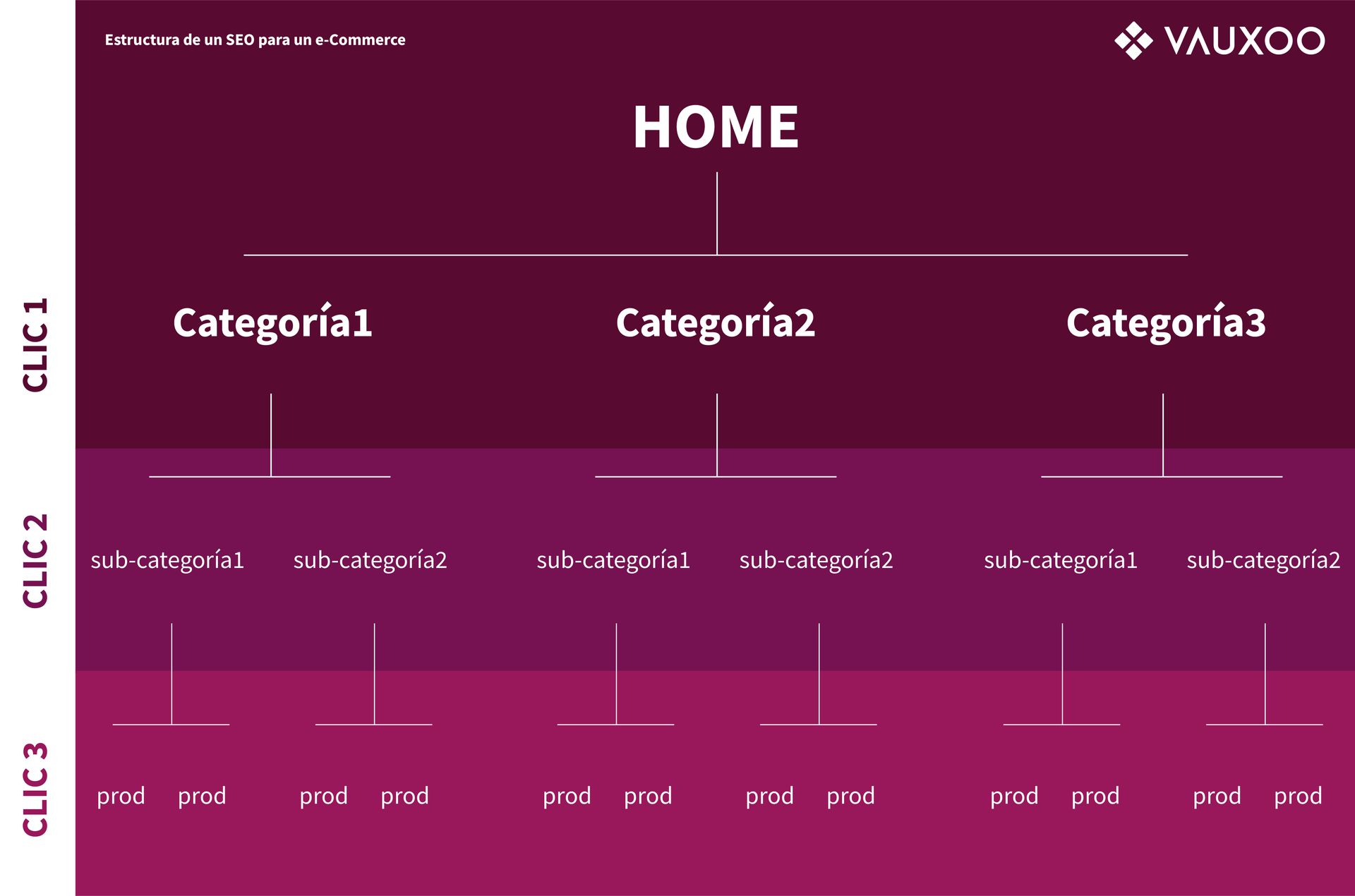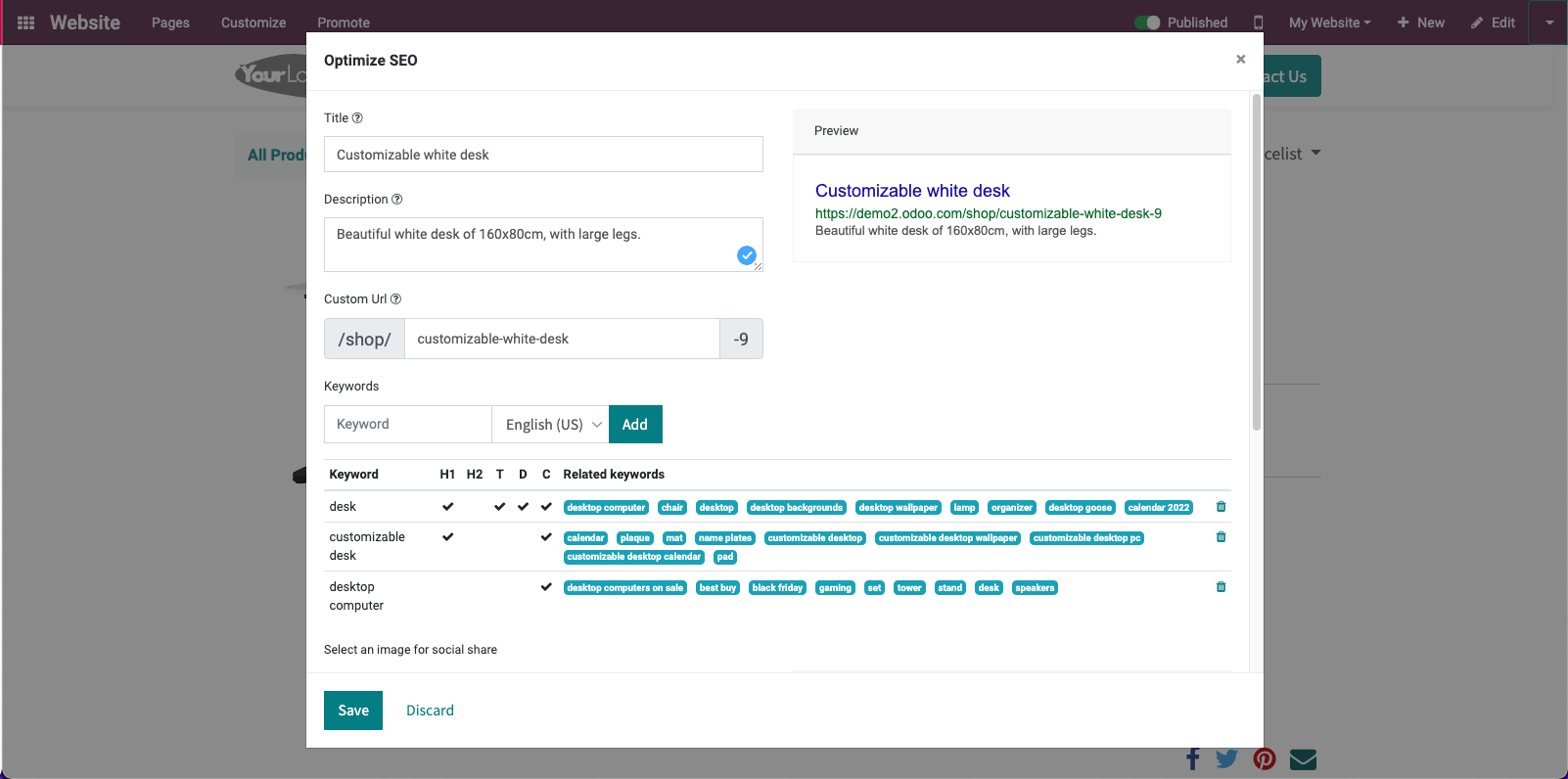Having an online store means looking for visibility all the time, you need your potential customers to see you, in simple words you need to appear anywhere your customers look for you, that can only be achieved with SEO.
What is SEO?
SEO or Search Engine Optimization refers to organic positioning in search engines. These are the strategies that are used in order to be positioned on the first pages of search engines and get more visits to your website or eCommerce.
An important point of SEO is that we only talk about the organic result that is generated by the strategies, therefore, we do not talk about the paid efforts made to get the page to be in the first position.
There is a job that focuses entirely on eCommerce SEO and contains parameters to verify that it works and keeps your website in a good position. The main objective is to attract traffic and that these visits are as qualified as possible to become prospects for the business.
In addition, SEO encompasses all search engines (Google, Yahoo, Bing, etc.), but in Latin America and Europe the search engine that people use the most is Google, although if your target audience uses another type of search engine, there are also tools to help you position your eCommerce.
Why should you use SEO for your eCommerce?
SEO is of great importance for eCommerce because it is the only way to enter the "Competition Game". What do we mean by that? To achieve sales or visits to your product you have to enter the SEO game, where you have to create a strategy to appear in the first positions of searches, if your goal is to sell a product or service in your eCommerce you have to take into account the competition that sells or offers the same product and service as you.
This means that to be part of the search engine market you must understand that a search engine detects your products or services on your site through keywords, elements on the pages, content, outgoing and incoming links, as well as visitors and their behavior within the site, among others.
And you will ask yourself... Why should I appear in the first positions? Why is it not enough to be on the second or third page?
According to Hubspot data, 75% of users never make it past the first page of search results. And according to a 2019 study, search traffic drove 65% of total eCommerce sessions, with 33% coming from organic search and 32% from paid search. It is important to have a strategy that keeps your eCommerce in the top positions of search engines to maintain a volume of visits to your eCommerce and therefore have a higher sale of your products.
Stages of SEO management
There are three stages to form an SEO strategy necessary to position yourself through search engines:
1. Deep keyword and competition research
To start, you should use tools such as (Google Trends, Google keyword planner, Google Search, among others) to investigate and choose those keywords that are most relevant to your products, to your business and focused on how your users search for them. You should know the approximate numbers of monthly searches for the keywords to be able to decide the most suitable ones for your eCommerce.
At the same time, you must delve into the investigation of your competition to find out what position they are in and the volume of searches that their products or services have.
2. Understanding and working with SEO parameters
There are several parameters that affect the SEO positioning of your eCommerce, these are characteristics that search engines take into account to position your eCommerce. The most general parameters to take into account are:
Content
From its writing, the language used, that it is unique, its relevance, images with text and spelling errors.
Website elements
Frequency of updating the page, the age of the page in the Google search engine, its XML web map, the trusted pages found on the website, the type of website and the size of the page.
Keywords
Keywords found in the title, in internal and outgoing links, in the body of the text, in URLs.
Visitors to the website and their behavior
Number of visits to the site, the geographical location of the visitors, bounce rate, navigation on the site by the visitors.
3. Corrective SEO
This last stage consists of supervising and optimizing your SEO strategy every day, you must check if the keywords that you have placed are working and are attracting traffic to your site, in what position is the pages of your products and if there is any failure or parameter that can be optimized.
Is there an SEO structure for my eCommerce?
There are two aspects to take into account when using keywords, since the creation of the strategy consists of making the decision if you will use them with a category, subcategory, or product card page in your eCommerce.
Categorize within an eCommerce.
A) From the general to the particular (architecture on the website)
Most online stores have their products divided into various levels of categories and subcategories.
This is done to make it easier for the user to move around your online store.
Google understands which are the most important pages of your website (the ones you are most interested in positioning).

B. One keyword, one page
Each keyword must be positioned with a single page within your eCommerce. What does this mean?
For example, imagine you have a sunglasses eCommerce:
You create a product page optimized for the keyword “sunglasses” and decide to publish it in two different categories at the same time:
-Sunglasses
-Specs
You know that the product is the same even though the listing is duplicated, but Google doesn't.
Google only sees that there are two different pages within your store competing for the same keyword (what we call “SEO cannibalization”).
Result? The two tabs stop each other and end up positioned on the second or third page of results, so the traffic they bring you is zero. That is an example of a bad practice, that is why each keyword must be positioned with a single page within the eCommerce.
Odoo SEO in your eCommerce
Odoo Website allows you to optimize each product of your eCommerce for SEO using the “Promote” button. Which allows you to generate a meta title, a meta description and keywords for search engines.
In addition to being able to optimize the product URL and show keyword suggestions related to those you have written in different languages (if your eCommerce is multi-language). Finally, it allows you to add different images for display in ads.

Entering the SEO game is one of the mandatory tasks today when having an eCommerce, in order to be able to position your products ahead of the competition, it clearly requires work and research, but when compared to other marketing strategies both organic or scheduled SEO can get more visits in the long run.